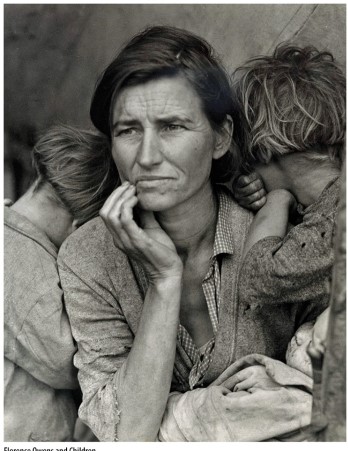A) Midwestern states
B) More recently admitted western states
C) States in the Deep South
D) States with highly concentrated urban areas
F) All of the above
Correct Answer

verified
Correct Answer
verified
Multiple Choice
Which of the following describes the overall impact of the New Deal?
A) It prevented the United States from turning toward authoritarian solutions to the nation's economic crisis.
B) It ended the Depression and eliminated the class hierarchy in the United States.
C) It weakened presidential power and strengthened the military-industrial complex.
D) It ended the Depression and led directly to the United States' involvement in World War II.
F) All of the above
Correct Answer

verified
Correct Answer
verified
Multiple Choice
What was the name of the agency President Roosevelt established in 1933 to provide direct relief to more than four million households?
A) Federal Emergency Relief Association (FERA)
B) Security and Exchange Commission (SEC)
C) Social Security Administration (SSA)
D) National Recovery Administration (NRA)
F) A) and D)
Correct Answer

verified
Correct Answer
verified
Multiple Choice
What was Franklin D.Roosevelt's political experience before he won the presidential election of 1932?
A) He had served as the Republican mayor of New York City.
B) He had gained political experience as he worked his way through college.
C) He had served as governor of New York.
D) He had been lieutenant governor and then a two-term the governor of New Jersey.
F) B) and D)
Correct Answer

verified
Correct Answer
verified
Multiple Choice
What was the three-part goal of Roosevelt's New Deal?
A) Experiment,Energy,and Employment
B) Workers' rights,unemployment relief,and civil rights
C) Relief,recovery,and reform
D) Coalition,compromise,and capitalism
F) B) and D)
Correct Answer

verified
Correct Answer
verified
Multiple Choice
President Roosevelt's plan for enlarging the Supreme Court
A) became unnecessary when four conservative judges retired.
B) faced great opposition but was ultimately successful.
C) was ruled unconstitutional by the sitting Supreme Court justices.
D) was ratified by Congress but not by the required number of states.
F) A) and C)
Correct Answer

verified
Correct Answer
verified
Multiple Choice
On what grounds did Upton Sinclair challenge Roosevelt and the New Deal?
A) He believed that Roosevelt had enlarged the federal government too greatly.
B) He criticized Roosevelt for providing too much support for blacks.
C) He believed that the New Deal was the handmaiden of business elites.
D) He viewed the New Deal as infringing on the rights of business.
F) A) and C)
Correct Answer

verified
Correct Answer
verified
Multiple Choice
What event dealt the final blow to the NRA in May 1935?
A) Business leaders withdrew their companies from the NRA.
B) The Supreme Court ruled that the agency was unconstitutional.
C) Labor leaders marched on Washington to protest the agency.
D) Congress refused to fund the agency's budget.
F) A) and C)
Correct Answer

verified
Correct Answer
verified
Multiple Choice
What struggle was reflected in Dorothea Lange's famous photograph of Florence Owens? 
A) The struggle of urban immigrants to assimilate
B) The struggle of African Americans who migrated north
C) The struggle of migrant farm laborers during the Depression
D) The struggle of women for equal rights
F) A) and B)
Correct Answer

verified
Correct Answer
verified
Multiple Choice
Which of the following describes the Federal Deposit Insurance Corporation (FDIC) ?
A) It was one of Herbert Hoover's only effective responses to bank failures.
B) It guaranteed bank customers that the federal government would reimburse them for deposits if their bank failed.
C) It was an emergency measure Roosevelt passed to close the nation's banks until they were solvent again.
D) It was a system through which the federal government would deposit money into regional banks to strengthen them.
F) All of the above
Correct Answer

verified
Correct Answer
verified
Showing 41 - 50 of 50
Related Exams